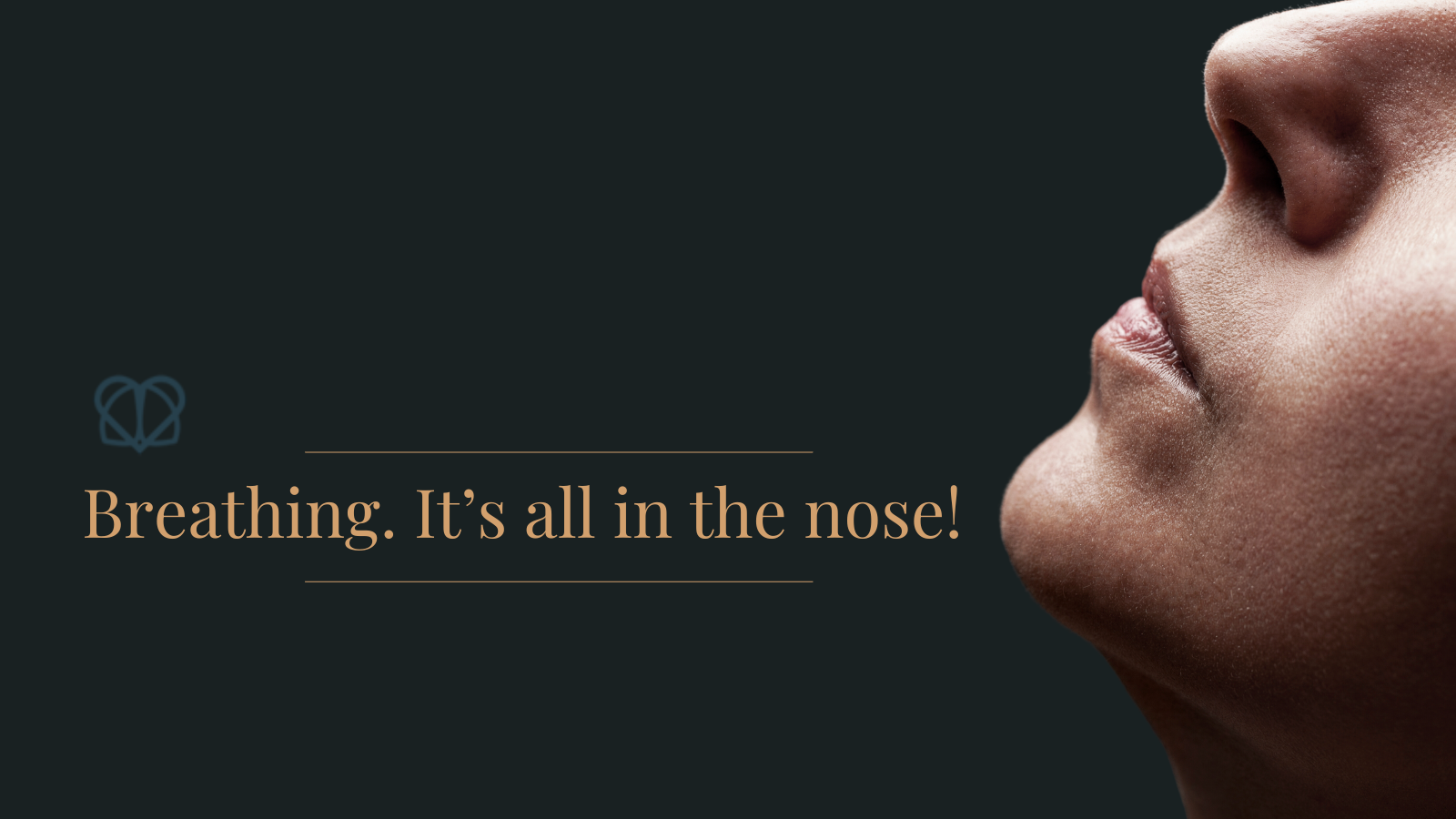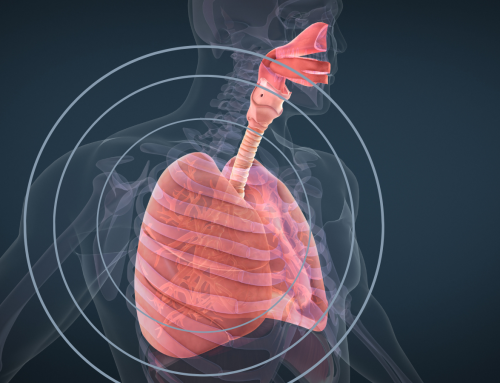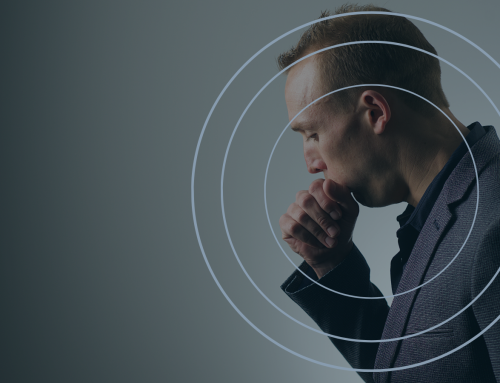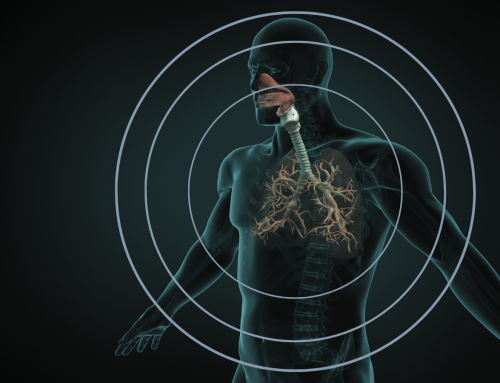Following on from our last post about mouth taping, let’s get more nosy about the nose!
The anatomy of the nose
Unsurprisingly the nose is the perfect bit of kit for breathing! Breathing through your nose rather than your mouth has been scientifically proven to be better for you – for so many reasons. The mechanics of breathing means that air that comes into your body through the nose is different from air from the mouth.
Your nose is anatomically designed to get the very best results out of breathing. Its anatomical makeup
- Filters out foreign particles. Your nasal hairs filter out dust, allergens, and pollen so that they d0n’t enter your lungs when you breathe
- Is the first line of defense against viruses and bacteria. The air then passes into the nasal cavity, which is lined with mucus and hair-like filters called cilia. These collect dust, soot, debris, but even more importantly, they collect bacteria.
- Humidifes inhaled air. As you breathe through your nose the air is warmed and moisturised, bringing it to body temperature so that it’s easier for your lungs to use.
- Produces nitric oxide. During nasal breathing, your nose releases nitric oxide (NO) which helps to widen blood vessels, therefore improving oxygen circulation in your body. A 1996 study revealed that when athletes breathed through their nose during exercise, not only did they experience a 10% increase in arterial oxygenation, they felt like they were exerting themselves less and experienced improved endurance levels.
And yet it seems that breathing is one area within human evolution that we may be falling short in.
Lessons to learn from our ancestors
Science journalist James Nestor explains in his book Breath: The New Science of a Lost Art, which was shortlisted for the Royal Society Science Book Prize 2021, that humans are the “worst breathers in the animal kingdom”.
Skeletal remains from within the last 300 years are fascinating as they show proper oral skeletal development: large nasal passages, straight, perfectly aligned teeth and wide jaws. Fast forward to today and it’s a very different story – mouth breathing can potentially cause a whole host of issues – from respiratory problems to others you may not even realise:
- snoring
- sleep apnea
- decreased cognitive function
- poor sleep quality
- anxiety
- sinus infections
- enlarged tonsils and adenoids
- higher stress levels
- dental issues
- facial asymmetries
- lowered circulation
- forward head posture
- digestive issues
So just close your mouth and breathe… and that’s good enough?!
Well, no – as important as breathing through your nose is, it’s just as important to breathe correctly through your nose.
When we talk about breathing correctly we mean:
- diaphragmatic breathing. Where you properly engage your diaphragm to breathe and don’t just breathe from the upper part of your chest. How do you know whether you’re doing this properly? Check out our video on how to assess your breathing, and then make sure you’re practicing optimal breathing.
- your tongue is in the correct position. Your tongue should be slightly suctioned to the roof of your mouth. If it’s resting on your teeth, at the floor of your mouth or floating in space then you have incorrect oral rest posture which will stop you breathing properly.
- breathing is effortless. If you find it’s an effort to breathe through your nose or there’s a restriction (you may want to get this checked out with your GP) then your body will naturally try to find a way to breathe more easily… especially when you’re sleeping – which will lead on to mouth breathing.
Need help?
If you’re unsure about your breathing, or you’re looking for advice, just send an email to enquiries@airphysiotherapy.co.uk. We’re happy to answer any questions you may have about how you can breathe better, or book a Breathing MOT.





